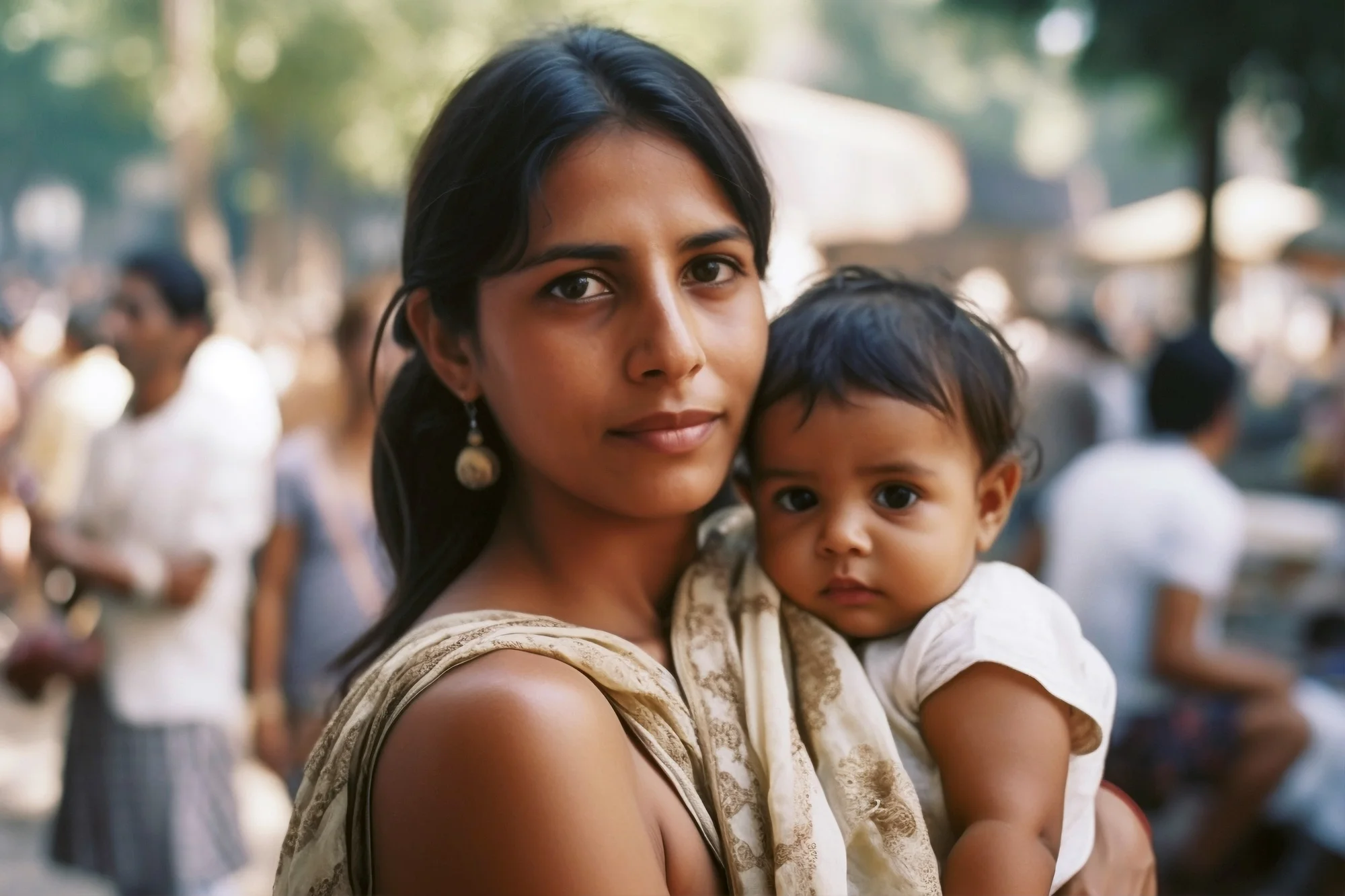Myanmar’s historical shift from a military government to a civilian-led administration in March 2011 signaled potential changes in various aspects of life, including migration patterns. A comprehensive study conducted in 2013 and presented in a 2019 article reveals astonishing insights into these migration dynamics and their ramifications on health and human rights within eastern Myanmar post-transition. This article elucidates the key findings of the population-based survey and addresses possible avenues for policy intervention.
Introduction
The political landscape of Myanmar underwent a seismic shift when a nominally civilian government took the helm after decades of military rule. This transition, heralded internationally as a hopeful turn towards democracy, brought with it questions about how it would affect internal and external migration patterns, and what implications these movements would have on public health and the fulfillment of human rights. In a crucial study published in the “Conflict and Health” journal, researchers painstakingly laid out the results of a multistage household cluster sampling survey that sought to answer these pressing questions.
Study Overview – A Glimpse into Migration Dynamics
The Eastern Burma Retrospective Mortality Survey (EBRMS), conducted between July and September of 2013, comprised a sample size of 6,620 households across eastern Myanmar. The DOI for the study is 10.1186/s13031-019-0193-1. Data on household-level migration for the previous year was gathered, offering a rare look into the sociodemographic and psychological shifts occurring in this region.
Out-Migration Surges, In-Migration Lags
A significant finding of the study was that out-migration vastly outnumbered in-migration, with a 6:1 ratio overall and a staggering 29:1 ratio for international relocation. The majority (87%) of in-migrants originated from other areas within Myanmar, while a mere 11.3% returned from countries like Thailand.
The Drivers of Migration
Among the survey respondents, educational pursuit emerged as the most cited reason for out-migration (46.4%), closely followed by employment (40.2%). On the flip side, ‘family’ (26.3%) was the predominant reason for returning home, highlighting the precarity and transient nature of Myanmar’s migratory movements.
Health Outcomes and Human Rights
The EBRMS also uncovered health implications linked to migration. Households reporting out-migration demonstrated a higher prevalence of depressive symptoms. In contrast, in-migrant households reported more malnutrition among women and an increased unmet need for contraception.
These findings paint a complex picture of migration’s interplay with health and human rights in Myanmar, indicating employment and education as the primary drivers for out-migration, even with the country’s ostensibly improved stability.
Implications for Policy and Action
This evidence suggests a necessity for targeted interventions to support the health needs of households affected by migration. The findings call for gender-sensitive approaches and the need to create opportunities for safe migration, education, and decent work.
Methodological Strengths and Considerations
Employing a cross-sectional, multi-stage population-based cluster randomized survey allowed for robust data collection and analysis of the migration patterns in eastern Myanmar. The statistical methods used by the researchers, including univariate, bivariate, and regression analyses, ensured the validity of the findings and supported the derivation of reliable conclusions on migration’s impact on health and human rights.
References
1. Parmar, P. K., Barina, C., Low, S., Tun, K. T., Otterness, C., Mhote, P. P., … & Richards, A. K. (2019). “Conflict and Health,” Migration patterns & their associations with health and human rights in eastern Myanmar after political transition: results of a population-based survey using multistaged household cluster sampling. https://doi.org/10.1186/s13031-019-0193-1
2. Myanmar Parliament elects Htin Kyaw as first Civilian President in 53 years. (2016). Retrieved from https://www.theguardian.com/world/2016/mar/15/myanmar-parliament-elects-htin-kyaw-as-first-civilian-president-in-53-years.
3. World Health Organization. Myanmar Health Data. Retrieved from http://www.who.int/countries/mmr/en/.
4. Internal Labor Migration in Myanmar: Building an evidence-base on patterns in migration, human trafficking, and forced labor. (2015). International Labor Organization. Retrieved from http://www.ilo.org/wcmsp5/groups/public/%2D%2D-asia/%2D%2D-ro-bangkok/%2D%2D-ilo-yangon/documents/publication/wcms_440076.pdf.
5. The 2014 Myanmar Population and Housing Census THEMATIC REPORT ON MIGRATION AND URBANIZATION. (2016). Department of Population Ministry of Labour, Immigration and Population With technical assistance from UNFPA. Retrieved from https://lac.unfpa.org/sites/default/files/pub-pdf/Migration_insidepages_A4_preview_18May.pdf.
Keywords
1. Myanmar Migration Health
2. Myanmar Political Transition Migration
3. Myanmar Human Rights Migration
4. Eastern Myanmar Migration Patterns
5. Household Migration Myanmar Health Outcomes
In conclusion, the political transition in Myanmar presents an array of challenges and opportunities in the realms of migration, health, and human rights. The comprehensive data furnished by the EBRMS survey leads to a better understanding of how migration is shaping the contours of Myanmar society, calling for informed policies that address its multidimensional effects. As the country continues on its path of political evolution, the international community, along with local stakeholders, needs to put efforts into harnessing migration’s potential benefits while mitigating its risks.
